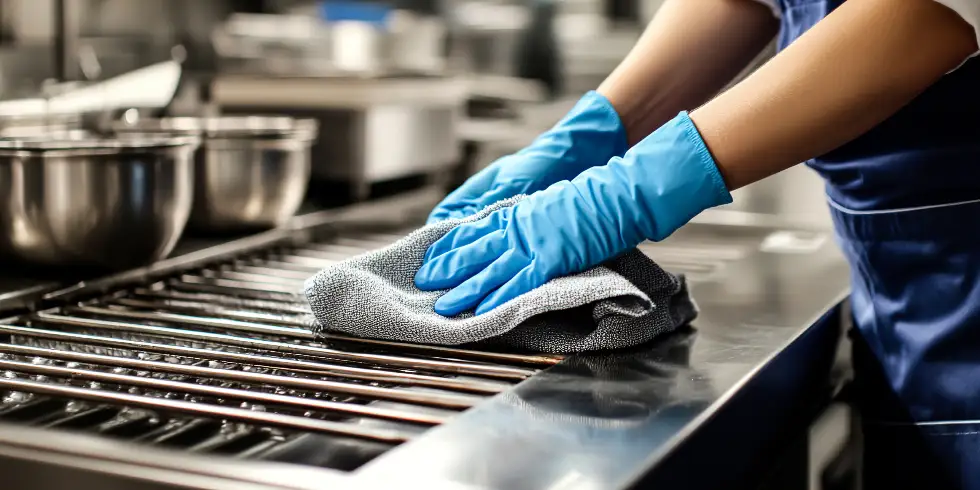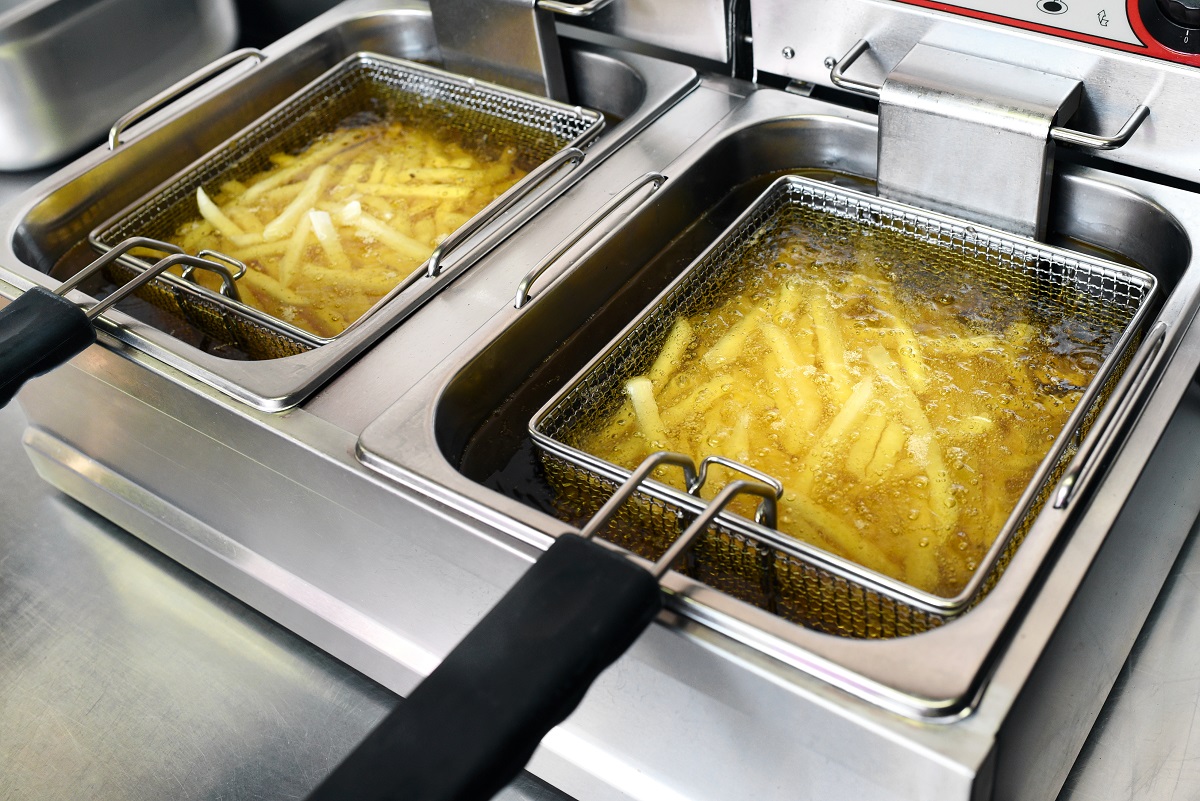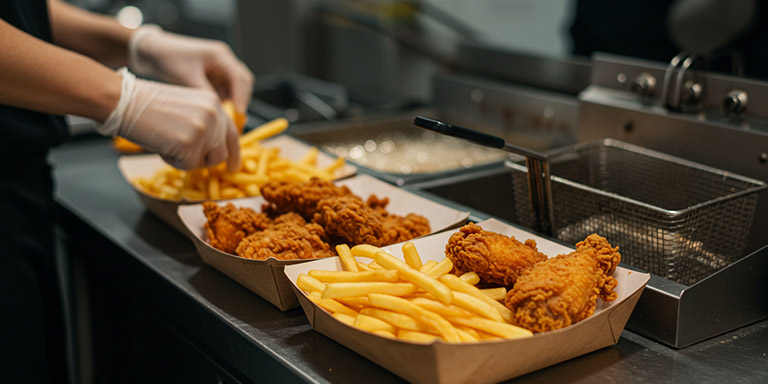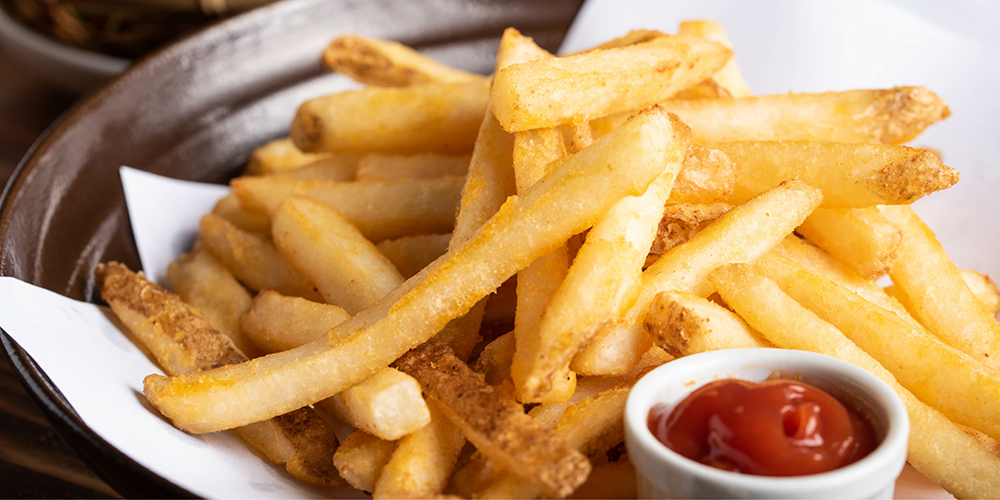A clean restaurant is essential for customer satisfaction, regulatory compliance, and overall business success. A well-maintained space, supported by a detailed restaurant cleaning checklist, helps prevent food contamination, enhances customer trust, and protects staff and guest health. Following a structured cleaning schedule ensures your operations run smoothly and stay in compliance with industry standards.
This article outlines a detailed restaurant cleaning checklist, covering daily, weekly, monthly, and seasonal tasks to maintain the highest hygiene standards.
1. Daily Cleaning Tasks
Staying on top of daily restaurant cleaning tasks is critical to the success of your operation. These front and back of house routines set the tone for cleanliness throughout the day.
Front of House
Tables and Chairs: Wipe down and sanitize tables, chairs, and high-touch surfaces after each guest. Menus and Condiment Holders: Disinfect laminated menus or replace paper ones and clean condiment bottles regularly.
Floors: Sweep, vacuum, and mop all floors, paying special attention to high-traffic areas.
Restrooms: Clean sinks, mirrors, toilets, and urinals; restock soap, toilet paper, and hand towels.
Entryways and Host Stands: Keep these areas clutter-free and disinfect counters, door handles, and podiums.
Back of House
Food Prep Areas: Sanitize countertops, cutting boards, and prep stations after each use.
Kitchen Equipment: Wipe down grills, stovetops, fryers, and other cooking appliances.
Dishes and Utensils: Wash all dishes, glassware, and cutlery promptly.
Sinks and Drains: Scrub and disinfect sinks to prevent bacteria buildup.
Trash Bins: Empty all bins and replace liners to avoid odors and pests.
Walk-in Refrigerators: Check for expired food and wipe down shelves.
2. Weekly Cleaning Tasks
As part of your ongoing restaurant cleaning guide, weekly cleaning routines tackle overlooked areas that accumulate grime over time.
Front of House
Dusting: Clean light fixtures, ceiling fans, and decor.
Windows and Mirrors: Wash glass surfaces to remove fingerprints and smudges.
Carpets and Upholstery: Vacuum deep-clean carpets and spot-clean upholstery.
Silverware and Glassware: Polish utensils and glassware to maintain shine.
Back of House
Deep Clean Ovens and Grills: Remove grease buildup to improve efficiency and safety.
Coffee Machines and Beverage Dispensers: Descale and sanitize machines to prevent contamination.
Refrigerators and Freezers: Wipe down doors, seals, and shelves to prevent mold and odor.
Storage Areas: Organize dry storage and check for expired goods.
Trash and Recycling Areas: Sanitize waste disposal bins to prevent infestations.
3. Monthly Cleaning Tasks
Be sure to add these tasks to your monthly cleaning schedule to stay ahead of health inspections and deep-cleaning needs.
Front of House
Laundering Fabric Items: Wash curtains, seat cushions, and other fabric-based decor.
HVAC Maintenance: Clean vents, air filters, and ceiling fans to ensure proper air circulation.
Fire Safety Equipment: Inspect and clean fire extinguishers and alarm systems.
Deep Clean Light Fixtures: Remove dust and insects from inside fixtures.
Back of House
Grease Traps: Inspect and clean grease traps to prevent clogs and foul odors.
Dishwashers: Deep clean to remove hard water stains and food buildup.
Walls and Baseboards: Scrub down kitchen walls and corners.
Shelving Units: Empty, clean, and reorganize dry storage shelves.
Floor Drains: Flush out and sanitize drains to prevent pest infestations.
4. Seasonal Cleaning Tasks
Seasonal deep cleans should be built into your checklist to prevent long-term wear and operational issues.
Front of House
Outdoor Seating Areas: Power wash patios, sanitize furniture, and clean umbrellas.
Signage and Awnings: Wipe down signage, replace burnt-out bulbs, and inspect for wear.
Facade and Entryway: Wash walls, doors, and sidewalks to maintain curb appeal.
Holiday Decorations: Clean and store seasonal decor properly.
Back of House
Rooftop Vents and Exhaust Systems: Inspect and clean for fire prevention.
Pest Control Check: Schedule professional pest inspections and take preventive measures.
HVAC System: Service heating and cooling systems before seasonal changes.
Long-Term Storage Organization: Rotate stock and declutter storage areas.
5. Best Practices for Cleaning
Use the Right Cleaning Products: Select food-safe disinfectants and degreasers for kitchen areas.
Train Staff Regularly: Ensure all employees are knowledgeable about your restaurant’s cleaning protocols.
Maintain Cleaning Logs: Track completed tasks for accountability and regulatory compliance.
Schedule Deep Cleaning: Regularly plan professional deep cleans to maintain high standards.
Conclusion
A structured cleaning schedule is vital for maintaining a safe, welcoming, and compliant restaurant. By following daily, weekly, monthly, and seasonal cleaning checklists protocols, restaurant owners and staff can ensure a high standard of hygiene, enhancing customer trust and business longevity. Implementing a consistent cleaning regimen helps prevent potential health risks and keeps the restaurant operating smoothly for years to come.






